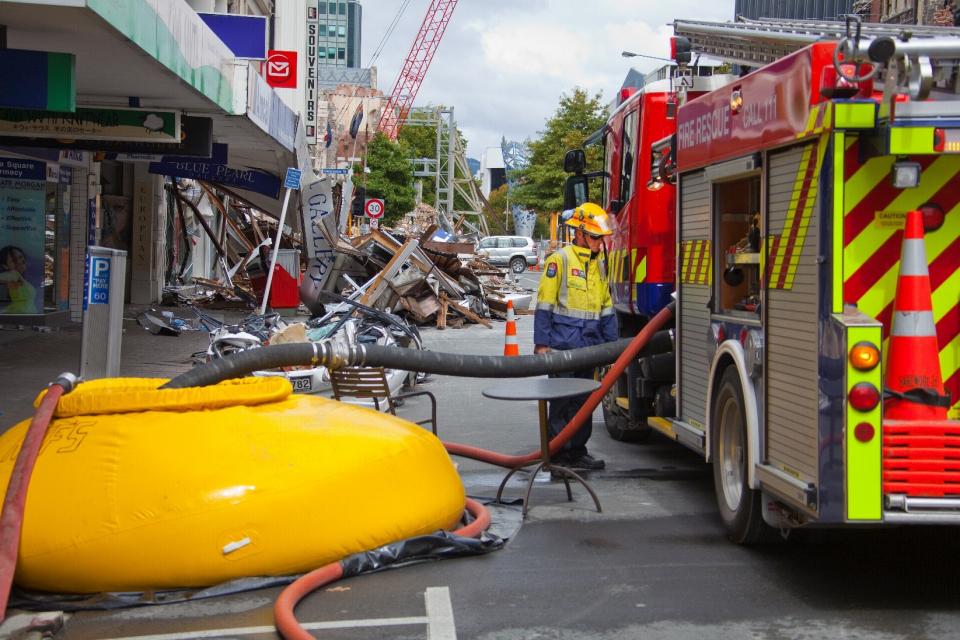
PUBLICATIONS
Published works

The value of disaster research: a review of the literature
| Title | The value of disaster research: a review of the literature |
| Publication Type | Report |
| Year of Publication | 2019 |
| Authors | Strahan, K, Keating, A, Handmer, J |
| Document Number | 505 |
| Date Published | 09/2019 |
| Institution | Bushfire and Natural Hazards CRC |
| City | Melbourne |
| Report Number | 505 |
| Keywords | cost-effective, economics, Emergency management, Natural disasters, Policy, risk management |
| Abstract | Increasingly, funders, governments, stakeholders and end-users expect to see tangible evidence that an investment in research is a worthy use of resources; that it informs policy and practice; or to justify the provision of current and future funding. The value of research is measured by assessing the extent to which research has impact. Research impact is defined as “a demonstrable contribution that research makes to the economy, society, culture, national security, public policy or services, health, the environment, or quality of life, beyond contributions to academia” (Alla et al.). These value-outcomes are achieved via the pathways of knowledge generation, capacity building, creation of scientific methods, researcher and end-user network collaborations, and policymaking support. Bushfire and natural hazard research evidence is utilised by emergency and fire agencies, governments, policymakers, and householders and landowners. Research impact assessment is undertaken with the aim of addressing advocacy, analysis, accountability and allocation. It is also a valuable tool for use whilst planning research to ensure a greater impact. A major problem associated with research impact assessment is that of attribution: it is extremely difficult to assign causality for any outcome to a specific piece of research. This difficulty is exacerbated by the usually large time lag between research findings and policy impact, behaviour change, or change in environment or economy. Various frameworks have been developed to assess the impact of research; whilst the majority of those reviewed were developed for the healthcare sector, there are more broad frameworks which have evolved to encompass a breadth of research areas and level of research. Impact has generally been categorised as economic (direct influence on the economy of the researcher, agency, population, or government as well as knowledge, market and network spill overs); academic (influence within academia, researcher and end-user collaborations, capacity building, training and leadership); and social or societal (a broad category including social values, national security, influence on policy and decision making). Economic impact has largely been measured using cost-benefit analysis or a return on investment approach (including a social return on investment). Over the effect life cycle, public research is valued at 3 to 8 times the initial investment. Median annual rates of return are between 20% and 50% but this varies considerably between sectors. (Georghiou (2015)) . At an aggregate level, the return on investment in Australian disaster research has been estimated at between $1.17 to $1.40 for each dollar invested (Access Economics, 2003, Access Economics, 2008) . As most of the research within the natural hazard sector does not produce goods or services which pass through a market, a non-market method of valuing outcomes is required. The application of public value theory has created methodologies including public value mapping to understand the non-economic and non-scientific goals of research; that is, the core values (public values) of the research. There is no specific framework for assessing the value of research in the bushfire and wildfire context, however adaptation of the “pathways to research impact” tool created by Cruz Rivera et al. (2017) may be helpful in achieving appropriate impact measurement. |
Published Works


